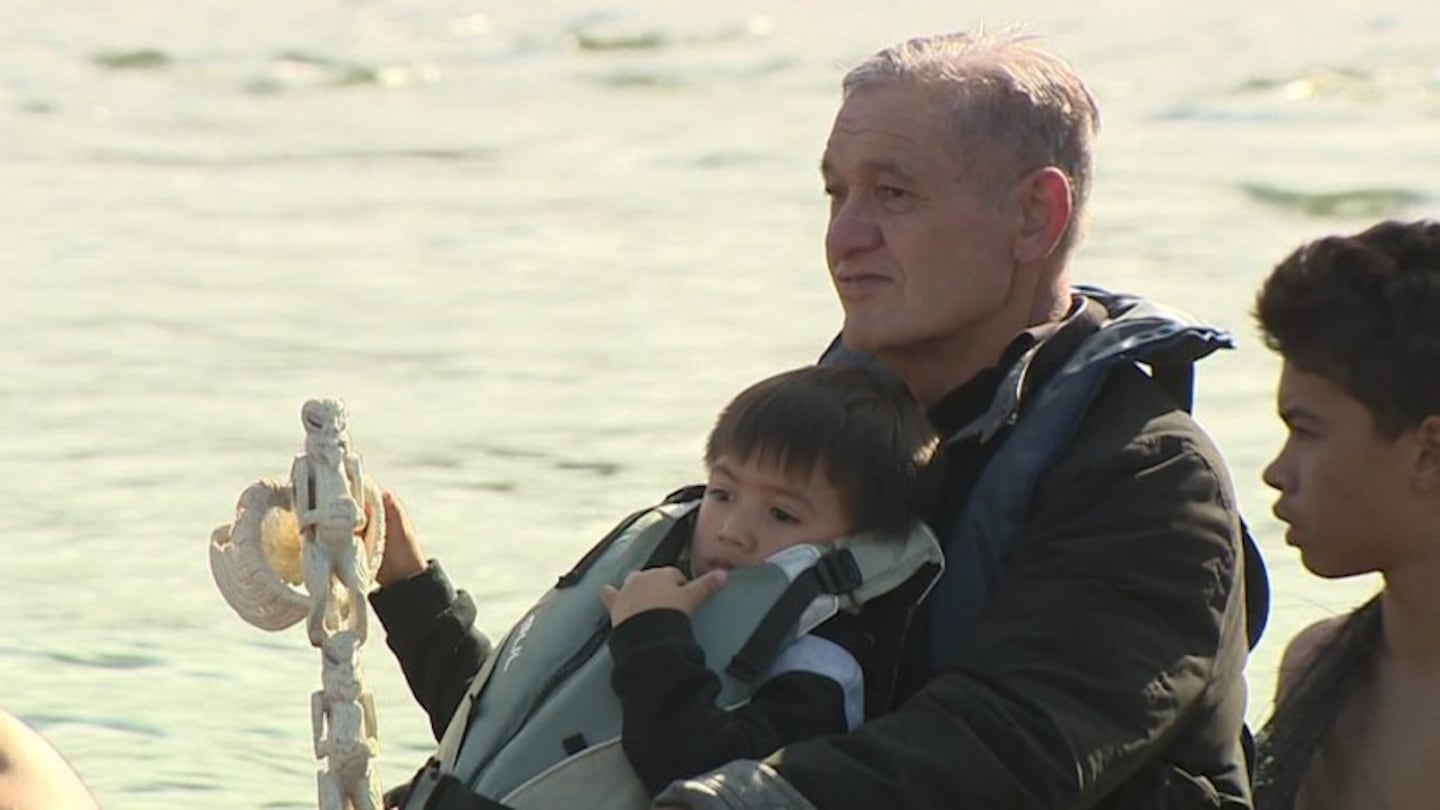King Tuheitia’s taonga exhibition opens next week at the Auckland Museum, marking 160 years of the Kīngitanga. The exhibition was the idea of the King’s son Te Ariki Tamaroa Whatumoana Paki.
“Nā Te Ariki Tamaroa te tamati a te Kīngi nāna anō i kohi nāna i kōrero ki tana Pāpā me whakatū te whakaaturanga nei ki roto i te Whare Taonga o Tāmaki hei maumaharatanga ki ngā Kīngi o te pō kua whetūrangitia tuarua kia whakaatu ki te ao ngā taonga o ana tūpuna,” says Co-curator Te Warena Taua.
Taua says this is the first time many of the artefacts will be on public display so the exhibition named after the King’s coat of arms, Te Paki o Matariki, is unique.
“Ko te Paki o Matariki te ingoa nā te ariki tamaroa mō te whakaaturanga, tuarua mā Te Paki o Matariki e whakaatu anō ki nga iwi katoa o te motu ki ngā manuwhiri tuārangi e haere mai ana ki te tautoko i ngā taonga nei," says Taua.
A stained glass replica of Te Paki o Matariki will be on display. The name means the fine weather of Matariki. It is the coat of arms of the King movement designed by Tīwai Paraone of Hauraki and Te Aokatoa of Waikato and Ngāti Raukawa.
“Ko te Paki o Matariki ko ngā taonga ngā tohu ērā mō Matariki mō ngā tūpuna rā, me kī he tūpuna ngā whetū o te rangi mō te tau hou Māori, engari he mea nui tēnei nā ngā iwi o te motu te wā i whakatūngia te Kīngitanga i Pūkawa ki roto i te rohe o Ngāti Tūwharetoa i te wā o Te Heuheu mā, nō reira mai taua wā tae noa ki tēnei rangi kei te haere tonu ngā kōrero me te hohonutanga o tēnei mea o te Kīngitanga nā koia tērā.”
Te Paki o Matariki represents the creation of the world. On the left of the symbol is the figure of Aitua (misfortune) and on the right, Te Atuatanga (spirituality). The stars above are the Pleiades and below is a Christian cross.
The exhibition includes the King’s whalebone walking stick, a kaitaka belonging to his Mum the late Te Arikinui Te Atairangikaahu and a music box gifted to the late King Tawhiao from Lord Devonshire during the King’s visit to Britain at the turn of the century.

